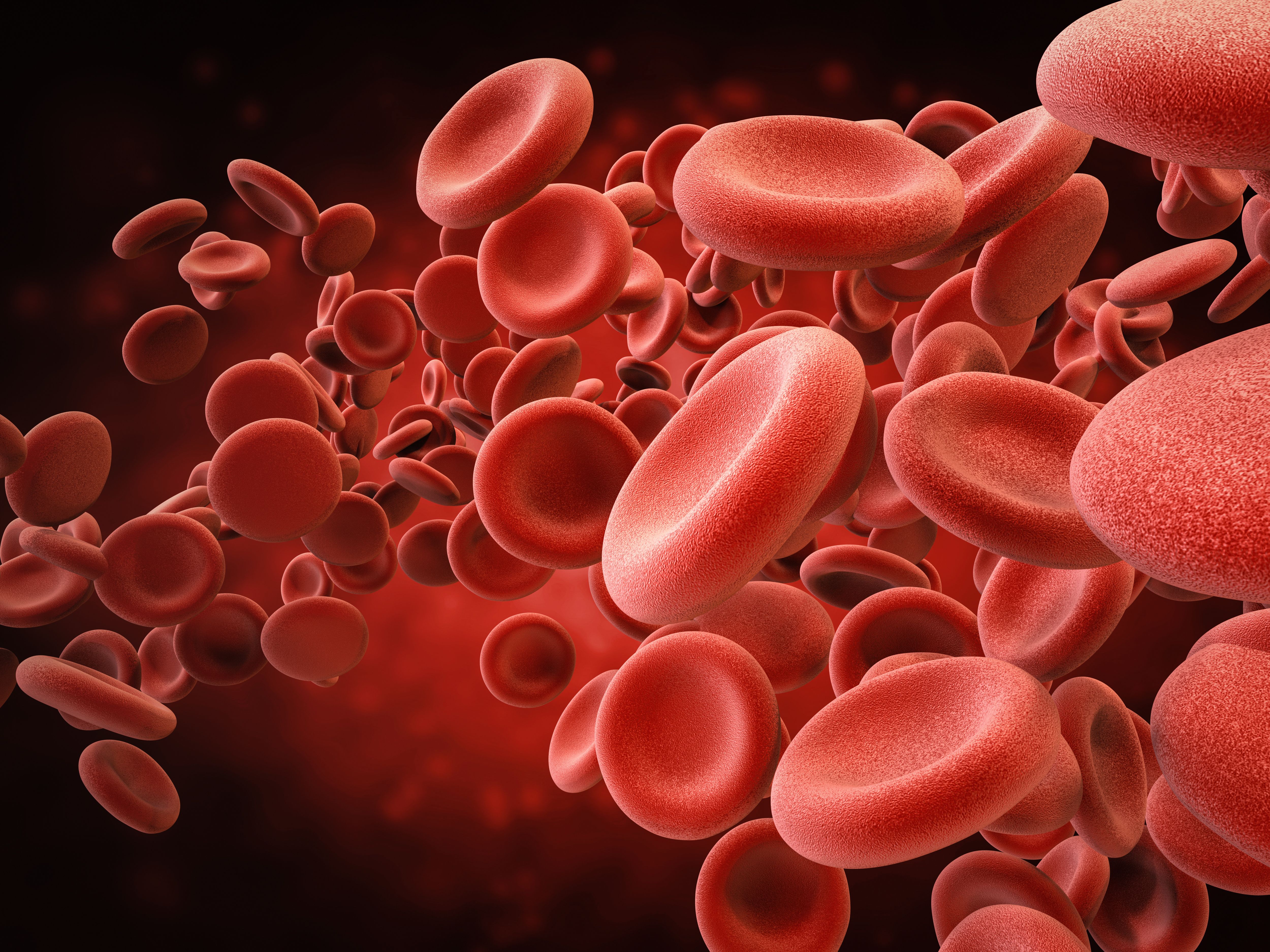Iron Deficiency Linked to Elevated HbA1c, Worsening Glucose Control in Diabetes
A study of more than 140 adults with diabetes is providing additional insight into the prevalence of anemia among these patients as well as its association with changes in glycemic control.
Credit: Fotolia

A new cross-sectional study of adults patients with type 1 and type 2 diabetes is shedding light on the impact of iron deficiency anemia on glycemic control among these patients.1
An analysis of data from 143 adult patients presenting to outpatient clinics in Saudi Arabia, results of the study suggest nearly 2 in every 5 patients with diabetes presented with iron deficiency anemia and presence of iron deficiency anemia was associated with greater mean HbA1c as well as greater amount of time in hyperglycemic states and variability in continuous glucose monitoring (CGM) metrics.1
“This preliminary study demonstrates a high prevalence of [iron deficiency anemia] among diabetic patients, associated with potentially clinically relevant alterations in HbA1c levels and glycemic dynamics,” wrote investigators.1 “However, larger, multicenter studies employing controlled prospective designs are recommended to more rigorously evaluate the impact of correcting [iron deficiency anemia] on glycemic control and diabetes outcomes.”
With previous data establishing an increased prevalence of iron deficiency anemia in people with diabetes and other data purporting presence of iron deficiency anemia might precede the development of diabetes, a team of investigators sought to further examine associations between the condition and differences in glycemic control among a real-world cohort of people with diabetes.1,2 To do so, a team led by Sayed Ibrahim Ali, PhD, of King Faisal University, designed the current research endeavor as an observational, cross-sectional study of adult patients with diabetes presenting to outpatient clinics in the Al-Ahsa region of Saudi Arabia.1
Investigators enrolled 143 participants. Of note, the sample size of 143 was selected based on an a priori power analysis to detect clinically meaningful differences between groups. Investigators pointed out the key inclusion criteria for the study were being aged 18 or older, having a confirmed diabetes diagnosis, and having no known hematological disorders other than iron deficiency anemia.
This cohort had a mean age of 55.2 (Standard Deviation [SD], 8.7) years, 54.5% were male, and 79.9% had type 2 diabetes. When assessing duration of diabetes, 43.4% of the participants had been diagnosed for less than 5 years, 32.9% for 5-10 years, and 23.7% for more than 10 years.
The primary outcomes of interest for the study were presence of iron deficiency anemia, which was defined as serum ferritin <100 ng/mL, transferrin saturation <20%, and hematologic parameters, as well as HbA1c levels were measured using standardized laboratory methods. Investigators noted daily glucose profiles obtained using CGM were used to assess glycemic control in a subset of patients as secondary outcomes of interest.
Initial analysis indicated the prevalence of iron deficiency anemia was 39.9% among the study cohort. Relative to those without iron deficiency anemia, people without iron deficiency anemia had a greater mean HbA1c (7.2% [SD, 0.8] vs 6.8% [SD, 1.0]). Further analysis suggested those with iron deficiency anemia spent a greater amount of time in hyperglycemic ranges and greater glucose variability based on CGM data.1
Investigators called attention to multiple limitations within their study to consider before overinterpretation of its findings. These limitations included those inherently associated with the study’s observational, cross-sectional design, limited generalizability due to the single-center setting, and lack of CGM data for the entire cohort.1
“Addressing [iron deficiency anemia] as an integrated component of diabetes care plans can help optimize glycemic control,” investigators added.1 “Further elucidating the complex interactions between iron deficiency, anemia, and disordered glucose metabolism through rigorous research can enable more effective personalized care for patients with diabetes and comorbid [iron deficiency anemia].”
References:
- Elsheikh E, Aljohani SS, Alshaikhmubarak MM, et al. Implications of Iron Deficiency Anaemia on Glycemic Dynamics in Diabetes Mellitus: A Critical Risk Factor in Cardiovascular Disease. Cureus. 2023;15(11):e49414. Published 2023 Nov 25. doi:10.7759/cureus.49414
- Soliman AT, De Sanctis V, Yassin M, Soliman N. Iron deficiency anemia and glucose metabolism. Acta Biomed. 2017;88(1):112-118. Published 2017 Apr 28. doi:10.23750/abm.v88i1.6049